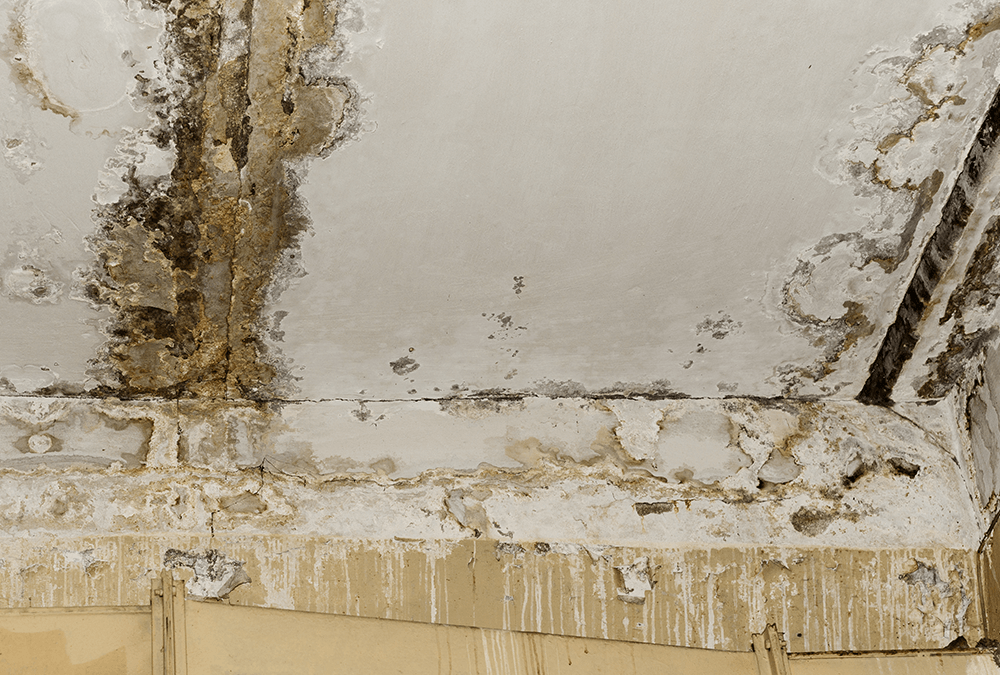Have you been trying to locate suggestions about How to Fix a Water Damage Bathroom?

The shower room is incredibly at risk for damp accumulation as well as possible water damage as a result of the regular use water in it. This post offers easy inspection strategies to assist discovering water damage threats.
The constant use water in the restroom makes it extremely prone for damp accumulation and also possible water damage. By examining it regularly, you can lower water associated damages.
The adhering to set of inspections is very easy to do and need to be done when in every three months in order to maintain your shower room in good shape and also to avoid potential water problems triggered by the bathtub, the shower, pipeline joints as well as plumbing, sinks, cabinets, and also the bathroom
Do not neglect doing these inspections and also be extensive while performing them. Remember that these easy examinations can save you a lot of cash by providing very early indications for water damages
Tub and also Shower
The shower as well as bath tub need unique interest and upkeep. Check the ceramic tiles and also replace if fractured. Ensure that there is no missing out on cement between the floor tiles. Examine and also replace split caulking at joints where the walls satisfy the flooring or the tub. Obstructed drains and also pipes issues will certainly avoid the bath tub from drying as well as may suggest significant problems underneath the bathtub. Speak with a specialist immediately to avoid architectural damage. Focus on discolorations or soft areas around the tub wall surfaces as they may suggest an inner leak.
Plumbing
Signs for water damage are difficult to detect because a lot of pipelines are installed inside the walls.
Pay unique focus to flooring as well as wall surfaces dampness and spots as they might show an invisible plumbing problem. Inspect dampness degrees in adjoining spaces also.
Sinks and also Cabinets
Sinks and cabinets are subjected to wetness and also moisture daily and are typically forgotten. Inspect routinely under the sink as well as on the kitchen counter over it. Fix any drip in the trap as it may suggest drain issues. Browse the sink, slow-moving draining pipelines may suggest an obstructed drainpipe. Change sink seals if they are fractured or loosened.
The Commode
The toilet is a vulnerable water junction. Check the water lines as well as search for leaks around the bathroom seat, in the pipe, as well as under the water storage tank. If you find any kind of indicators of dampness on the flooring around the commode, look for leakages in the toilet edge and also container seals.
Realize that hanging commode dish antiperspirants raises the opportunities for obstructions.
Water Damage Signs In The Bathroom To Avoid Cleanup
Musty smell
This is one of the easiest signs to catch because musty smells are so odorous. The damp, earthy, moldy smell should be a big red flag. The smell will develop when moisture gets trapped in surfaces, and begins to facilitate mold growth. Leaking pipes under cabinets, inside walls, and behind shower fixtures will cause moisture to stay trapped and not dry, which will lead to mold growth and spread. As soon as you notice any musty smells in your bathroom, have it checked for hidden water damage and cleanup signs.
Visible mold
If the smell isn’t there to give it away, sometimes you will actually see mold growth. Finding mold in your bathroom is a serious problem, because mold is very harmful to your health. By the time mold growth is visible, it also means that water damage has already occurred and been present for some time. The only way the mold problem can be resolved is to find the source of the moisture and get it stopped. To safely and adequately remove mold, you need to have professionals handle the remediation. Do not waste any time in getting mold problems addressed, fixed, and sanitized so that you can protect you and your family from the many respiratory symptoms caused by mold exposure.
Damaged floors
Bathroom floors should be able to withstand some exposure to water while still remaining in good condition. However, when excess exposure or water leaks occur, they will begin to damage even the most water-resistant flooring. If you notice any cracking, bubbling, staining, or warping on your bathroom floors, there is probably a water leak somewhere causing the distortion. If you notice areas of the floor have become softer, or even have a spongy feeling, there is probably damage to the subfloor. Subflooring is typically made up of plywood. When plywood is exposed to water or moisture, it will absorb it. Once it has become saturated, the weight of the excess water will cause the wood to swell and soften. Check the floors in your bathroom frequently to catch any of these sings before they lead to damaged subflooring.
Changes on walls
When water leaks behind walls, it will cause changes in the drywall. Peeling plaster, blistering paint, and soggy wallpaper are all good indicators that excess water is building up behind the wall. Water leaking behind drywall will cause it to swell and be soft to the tough. If you start to notice gaps along the trim of your walls, or where tile meets the wall, it could also be a strong indicator that there is a leak behind the wall. Any changes, distortion, or damage on the walls should be evaluated as soon as you notice it to prevent further water damage and cleanup.

Do you really like reading up on How to Prevent Bathroom Water Damage? Write a comment down below. We will be pleased to hear your ideas about this content. Hoping that you come back again later on. Sharing is good. Helping people is fun. I value reading our article about Looking for Signs of Water Damage in the Bathroom.
Get A Free Estimate